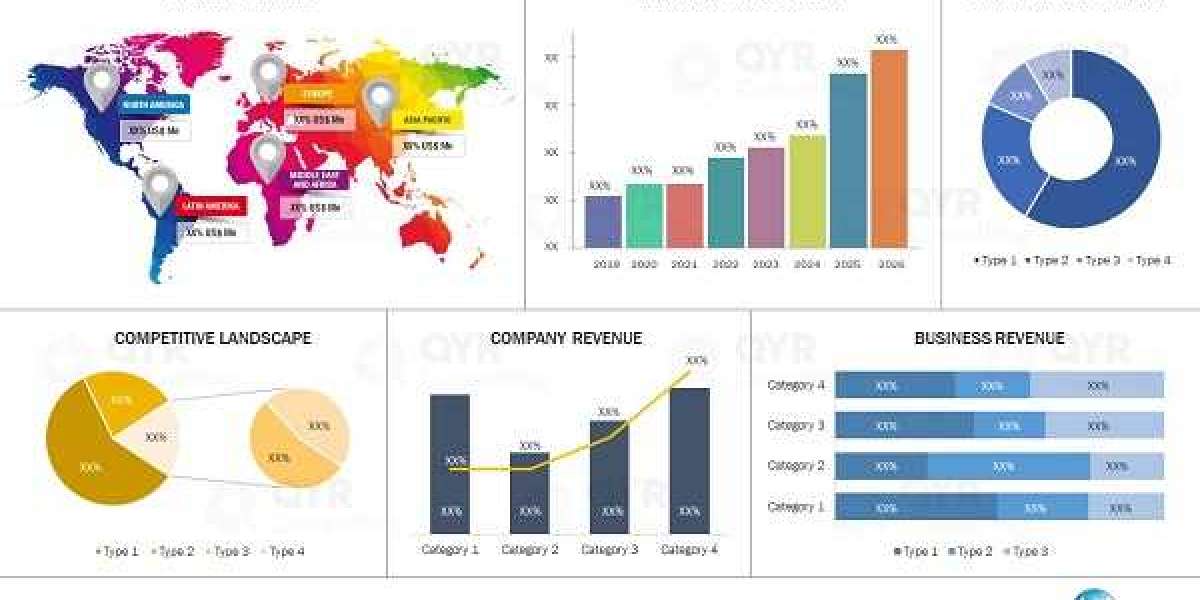In the digital battleground where businesses vie for supremacy, your website's performance can be the decisive factor between dominance and obscurity. Enter Stake Horizon, India's premier provider of affordable technical seo services in india, poised to catapult your online presence to unprecedented heights. The clock is ticking, and every moment without optimization is a missed opportunity. Seize the initiative and let Stake Horizon transform your website into a formidable force in the digital arena.
Why Technical SEO is Your Secret Weapon
Imagine a sleek, high-performance vehicle hindered by a neglected engine—this is your website without technical SEO. It's not merely about aesthetics; it's about the powerhouse beneath the hood. Technical SEO fine-tunes your website's infrastructure, ensuring search engines can crawl and index your content effortlessly. The outcome? Elevated rankings, amplified visibility, and a surge of organic traffic that propels your business forward.
The Perils of Neglecting Technical SEO
A sluggish, unresponsive website is a digital death sentence. Visitors are impatient; a delay of mere seconds can drive potential customers into the arms of competitors. High bounce rates, diminished conversions, and plummeting search rankings are the grim consequences. Can you afford to let technical shortcomings sabotage your success? The urgency is real—address these issues now or risk fading into digital oblivion.
Stake Horizon: Your Ally in Digital Domination
At Stake Horizon, we don't just offer services; we forge partnerships in conquest. Our team of SEO virtuosos is dedicated to delivering top-tier technical SEO solutions tailored to your unique needs. We believe that exceptional quality shouldn't be a luxury, which is why our services are both affordable and effective. With Stake Horizon, you're not just investing in SEO; you're investing in a future where your business leads the charge.
The Stake Horizon Arsenal: Unleashing Your Website's Potential
Lightning-Fast Load Times: Speed is paramount. We optimize your website to load at breakneck speeds, ensuring visitors stay engaged and conversions soar. A faster website not only enhances user experience but also earns favor with search engines, boosting your rankings.
Mobile Optimization Mastery: In an era dominated by mobile browsing, a responsive website is non-negotiable. We ensure your site delivers a seamless experience across all devices, capturing the vast mobile audience and reducing bounce rates.
Fortified Website Security: Trust is the cornerstone of online interactions. By implementing robust security protocols, including SSL certificates, we safeguard your website and its visitors, fostering confidence and credibility.
Streamlined Site Architecture: A well-structured website is a beacon for search engines. We refine your site's architecture, enhancing crawlability and indexation, which translates to improved search visibility and user navigation.
Elimination of Technical Glitches: Broken links and crawl errors are silent killers of user experience and SEO performance. Our meticulous audits identify and rectify these issues, ensuring a smooth, error-free browsing experience.
The Time to Act is Now
Every second you hesitate, competitors are advancing. The digital landscape is unforgiving, and complacency is costly. Stake Horizon stands ready to propel your business to the forefront, but the first move is yours to make. Embrace the urgency, seize the moment, and embark on a journey toward unparalleled online success.
Conclusion: Your Future with Stake Horizon
Envision a future where your website stands as a towering beacon in the digital skyline, attracting a continuous stream of engaged visitors and converting them into loyal customers. This future is within your grasp, and Stake Horizon is the catalyst to get you there. Our affordable technical SEO services are not just an investment in your website; they are an investment in your business's legacy. Don't let this opportunity slip through your fingers. Contact Stake Horizon today, and together, let's carve out your dominion in the digital world.
For More Details You Can Visit Us:
IT project management services outsource in india











